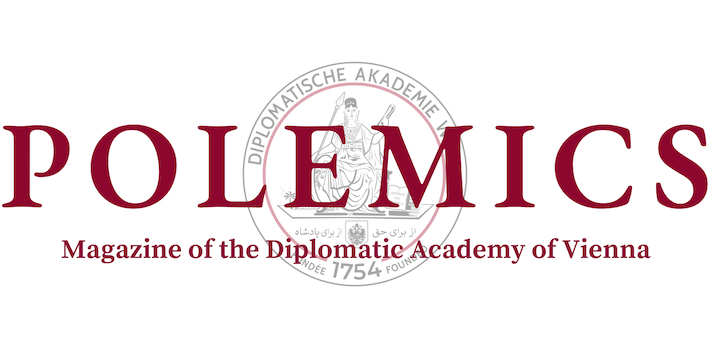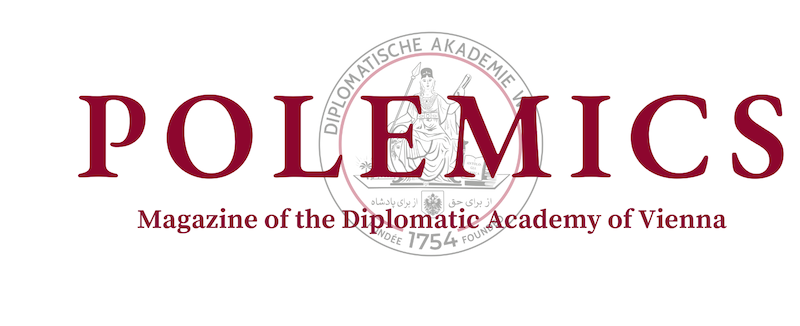As the world grapples with growing geopolitical uncertainty, Poland’s transition from a peripheral to a central European player has captured increasing attention. Once a Communist satellite state, Poland is now a top NATO spender, actively influencing the continent’s defence policy. With the Franco-German engine stalling and Poland holding the EU Council presidency since January 2025, the country has been described as the EU’s new linchpin. Nevertheless, its domestic political landscape remains profoundly polarised. Despite the 2023 governmental shift and the resulting ease of tensions with Brussels, Polish voters are still deeply divided between the two main parties, Law and Justice (PiS) and Civic Platform (PO)—which has been leading the government within the Civic Coalition (KO) since 2023.
While sharing fundamental common grounds in the Solidarność (Solidarity) trade union, Poland’s political scene has been marked by the PiS-PO antagonism and duopoly since the turn of the 21st century. Through their ardent fight for democracy under a common platform, the two parties have become embroiled in populist rhetoric, each claiming to be the proper inheritor of Solidarity and further fuelling societal discord. Can Poland truly be the EU’s key player if its own political scene remains so unstable?
As the May presidential elections approach, and with this year marking the 45th anniversary of Solidarity’s establishment (September 1980), concerns are raised about Poland’s ability to keep pace with its international ambitions; therefore, understanding the historical roots of Solidarity’s controversial legacy and Poland’s right-spectrum political divide is more timely than ever.
Solidarność and the People’s Fight against Communism
Following a wave of strikes disrupting work across Poland’s factories in July 1980, strong popular resentment at the Gdańsk Lenin Shipyard resulted in new peaceful protests in August and in the creation of an Inter-Enterprise Strike Committee (MKS), later named Solidarność. Established to coordinate the strikes along the coast, the Committee—under the leadership of Lech Wałęsa—formulated “21 demands”, which openly challenged the Communist system’s core pillars. In fact, not only the protests themselves, but also the mere demands for wage increases, improved food supply and the right to form free trade unions, were extraordinary in a country still part of the Soviet bloc. As local grievances turned into an organised social movement, the fear of a nationwide paralysis prompted the Communist authorities to accept most of the demands in the Gdańsk Agreements, including the right to form independent, self-governing trade unions. Thus, as Solidarity was legalized, the overwhelming support from which it benefited made it, from the very beginning, much more than a trade union.
However, what at first appeared as an advantage for the union quickly became a factor propelling both internal and external tensions. The movement’s broad scope and hence, its capability to paralyse the country through protests, resulted in a mounting crisis with the authorities, which eventually culminated in General Jaruzelski’s imposition of martial law in December 1981. Despite the establishment of an underground Solidarność network, organising covert actions across the country, enduring nearly twenty months of war and repression, strongly weakened the union and consolidated its differences among the regional committees. By the mid-1980s, the flailing economy, diminishing public support and pivotal role of the Church motivated the regime’s increasing conciliatory stance towards the opposition. Thus, against the backdrop of an increasing political stalemate, Gorbachev’s reformist policies, and two new waves of strikes in 1988, the communist government was prompted to negotiate.
A Peaceful but Contested Democratic Transition
The Round Table Talks of April 1989, held between the government and the banned trade union, resulted in a compromise and the concession of semi-free elections in June. And while these events brought about the renewed legalisation of Solidarność and precipitated the country’s transition from Communism to liberal democracy and a market economy, the movement no longer represented ten million people in a unified organization. Indeed, as groups within the opposition rejected the agreement, Wałęsa’s Solidarity had become a socio-political movement that supported a negotiated reform with the state more than the workers’ immediate interests. So, despite Solidarity’s stunning victory in the freely-contested parliamentary seats and the appointment of the first non-communist prime minister (Tadeusz Mazowiecki) — in what was still formally Communist Eastern Europe — the new coalition government reflected the Party’s (PZPR, Polish United Workers’ Party) persisting influence over the Polish political scene. And yet, as June 4 1989, marked a landslide victory for the opposition, that same day, the Chinese Communist Party’s brutal crackdown on Tiananmen Square demonstrators reminded Solidarność of how things could have turned out. Poland had thus set the example for its neighbours, who within months would witness the collapse of their communist governments one after another.
As the PZPR dissolved and returned to power under the social democratic banner in the early 90s, a negative perception of the events of ‘89 emerged among the population, who perceived the Round Table Agreement and the lack of subsequent decommunisation laws as a “failed revolution”. Among them was Jarosław Kaczyński — the current PiS leader — who, before accusing Wałęsa and his liberal faction of collaborating with the Communists, had participated in the Round Table negotiations and was the head of Wałęsa’s Chancellery. Only after Solidarity’s coalition’s collapse (AWS, Electoral Action Solidarity) and its fragmentation into numerous splinter parties in 2001, that both PiS and PO emerged.
Since then, the PiS’ narrative has strongly challenged the legitimacy of the post-1989 Polish transformation, opposing the “corrupt elites” and focusing on protecting “Polish Catholic values” and national identity from left-wing and liberal party threats. And despite the PiS-PO’s shared origin in the conservative milieu of Solidarność and their campaigns against corruption, the 2005 elections signalled the two parties’ intensifying rivalry, now the nerve centre of Polish politics. As PO drifted towards the centre and presented itself as bringing Poland closer to the EU, its moderate conservatism and liberal economic positions appealed to the young, the elite, and the big cities. Conversely, PiS focused on “realizing historical, social and economic justice” and thereby promising to eradicate the post-communist governmental influence, garnered strong support in the countryside, especially in Southeastern Poland.
The May 2025 Presidential Elections and the Path Forward
In the 2023 parliamentary elections, once again, both PiS and PO positioned themselves as Solidarity’s heirs and focused on the union’s core pillars; whilst PiS portrayed itself as a guardian of freedom and Polish national values, PO was portrayed as a defender of democracy. Ironically, since then, the winning coalition government under Prime Minister Donald Tusk has had to cohabit with the PiS-aligned President Andrzej Duda and his repeated vetoes on the running coalition’s ambitious agenda. Thus, as the PiS-PO candidates’ 2025 campaigns — respectively, the historian Karol Nawrocki and Warsaw’s mayor Rafał Trzaskowski — reflect their contested political past, the looming presidential elections will have critical implications for both the future of Poland’s domestic politics and potentially, its standing on the international scene. And while their rivalry shows no signs of easing, strong doubts arise on whether Solidarity will ever be able to serve as a unifying force in Poland again. What is clear is that the country’s current political polarisation is rooted in Solidarity’s internal fragmentation and ambiguous character, embodying democratic and liberal aspirations, though ultimately becoming a platform for nationalism and populism.
Written by Viktoria Mróz.
Edited by Jolán Bogányi.
Photo credit:”Warsaw Papal Visit” by Bernard Gotfryd (uploaded June 8, 2008) on gettyimages








